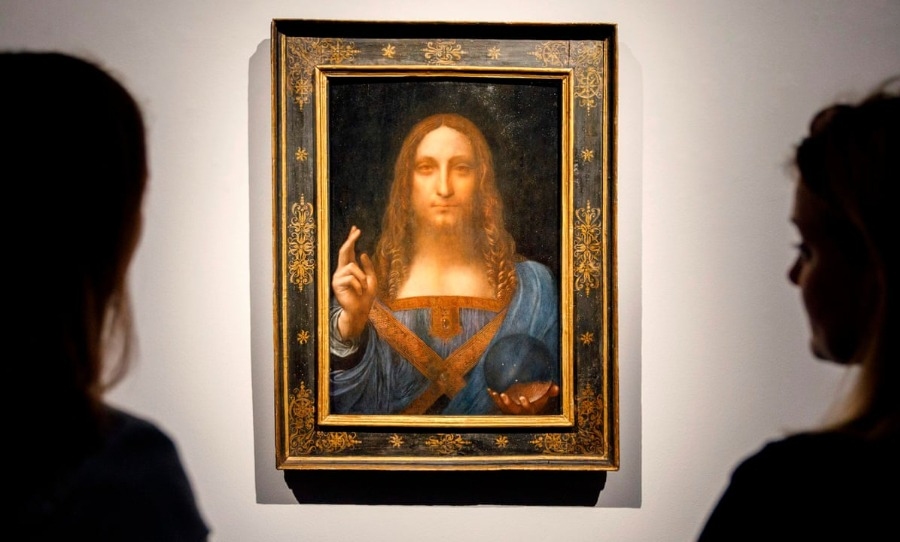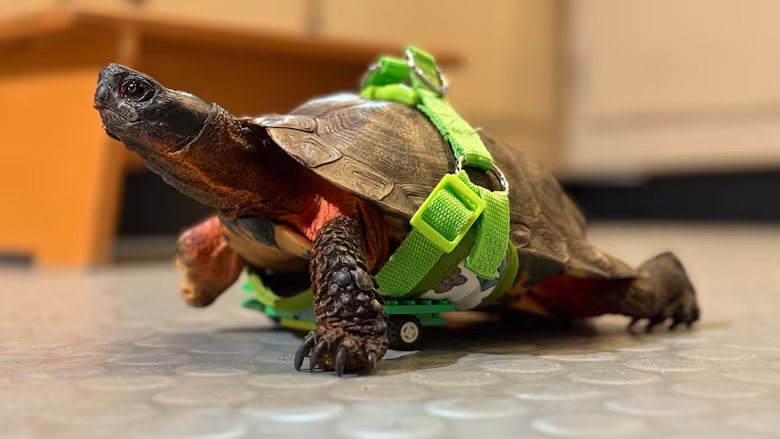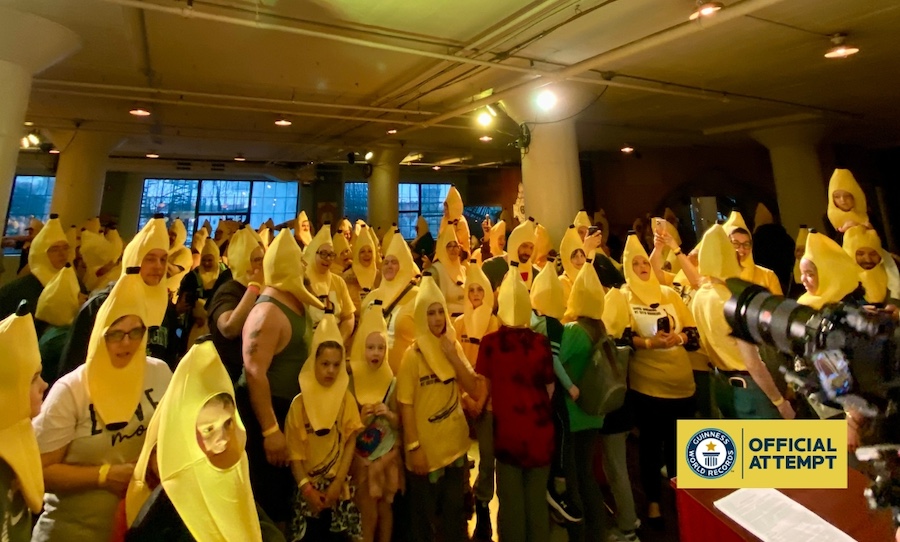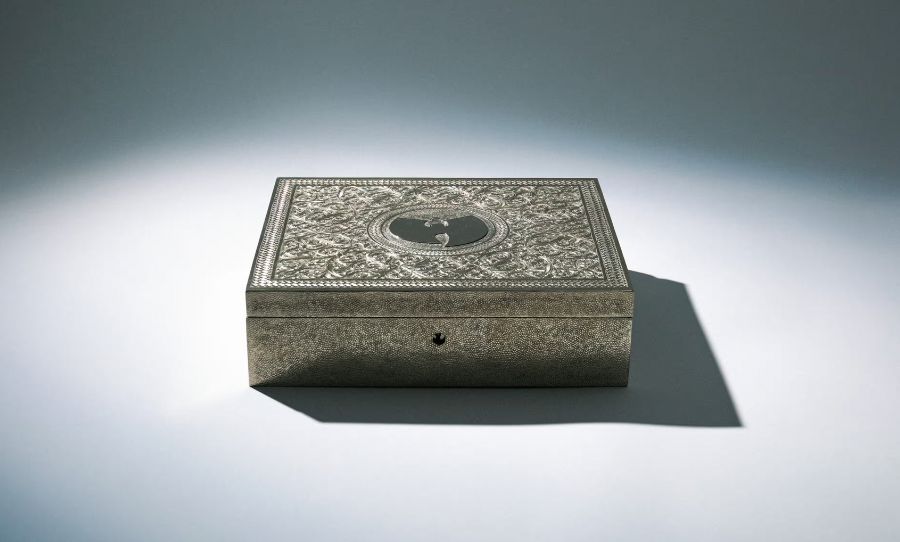Salvator Mundi, a portrait of Jesus Christ thought to have been painted by Leonardo da Vinci, has been stripped of its coveted status by curators at a Spanish museum.
The painting, which once sold for an eye-watering $450 million to Prince Bader bin Abdullah bin Mohammed bin Farhan al-Saud of Saudi Arabia in 2017, was downgraded to an artwork that was only “attributed to, authorised by or supervised by” da Vinci in a recent exhibition – Leonardo and the copy of the Mona Lisa – at the Museo Nacional del Prado in Madrid.
The showcase is being done in collaboration “with other international institutions” including the National Gallery in London, the Sorbonne in Paris and the Louvre.
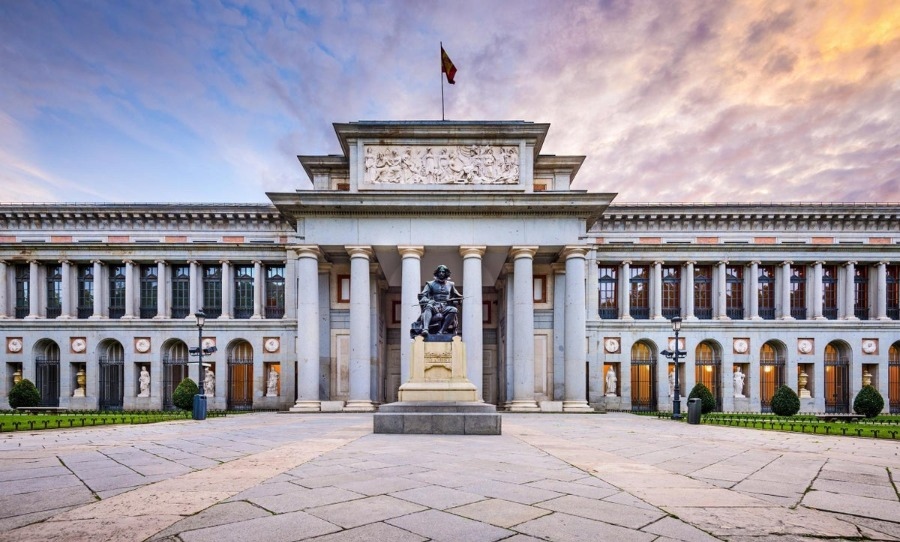
According to The Art Newspaper, curator Ana Gonzáles Mozo argues in the exhibition’s catalogue that there is actually “no painted prototype” of Salvator Mundi done by da Vinci’s hand.
“[S]ome specialists consider that there was a now lost prototype, while others think that the much-debated Cook version is the original.“
Doesn’t surprise me.https://t.co/JWvbccfpWZ
— Rembrandt’s R👀m 🖌 (@RembrandtsRoom) November 11, 2021
The Cook Mozo speaks of is Francis Cook, an art collector and merchant from London. The Art Newspaper says Cook’s version was bought in 1900.
At the same time, Mozo reportedly “proposes that another copy of Salvator Mundi, the so-called Ganay version (1505-15), is the closest to Leonardo’s lost original.”
However, this specific copy of the painting was sold in 1999 by luxury art auctioneers, Sotheby’s. It’s believed it is a part of “an anonymous private collection” nowadays.
As explained on the museum’s website, the exhibition is designed to give “a unique opportunity to publicly present the results of the most recent research on the artist’s closest circle and to analyse teaching methods and the production of paintings in the context of Italian studios in the late 15th and early 16th centuries”.
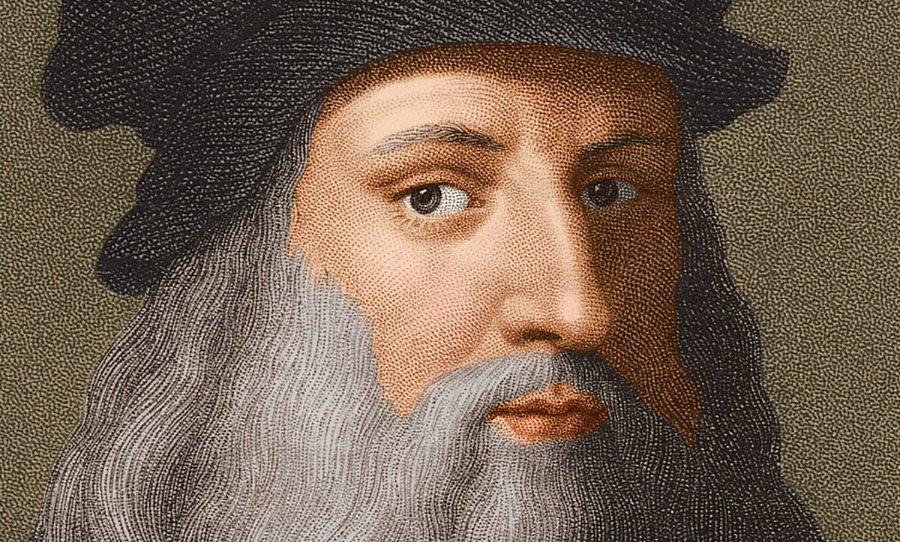
The show’s catalogue has two lists: paintings by da Vinci himself and ones that are not.
No matter who painted it, I absolutely love it.
— Yaya ➰ (@YayaMarchena) November 12, 2021
“There were moments when Leonardo found it difficult to paint due to his perfectionism and his numerous other occupations and his pupils undertook the task for him,” the catalogue reads.
Currently, the location of the original painting is unknown. What we do know, however, is that the exhibition will run until January 23, 2022.
